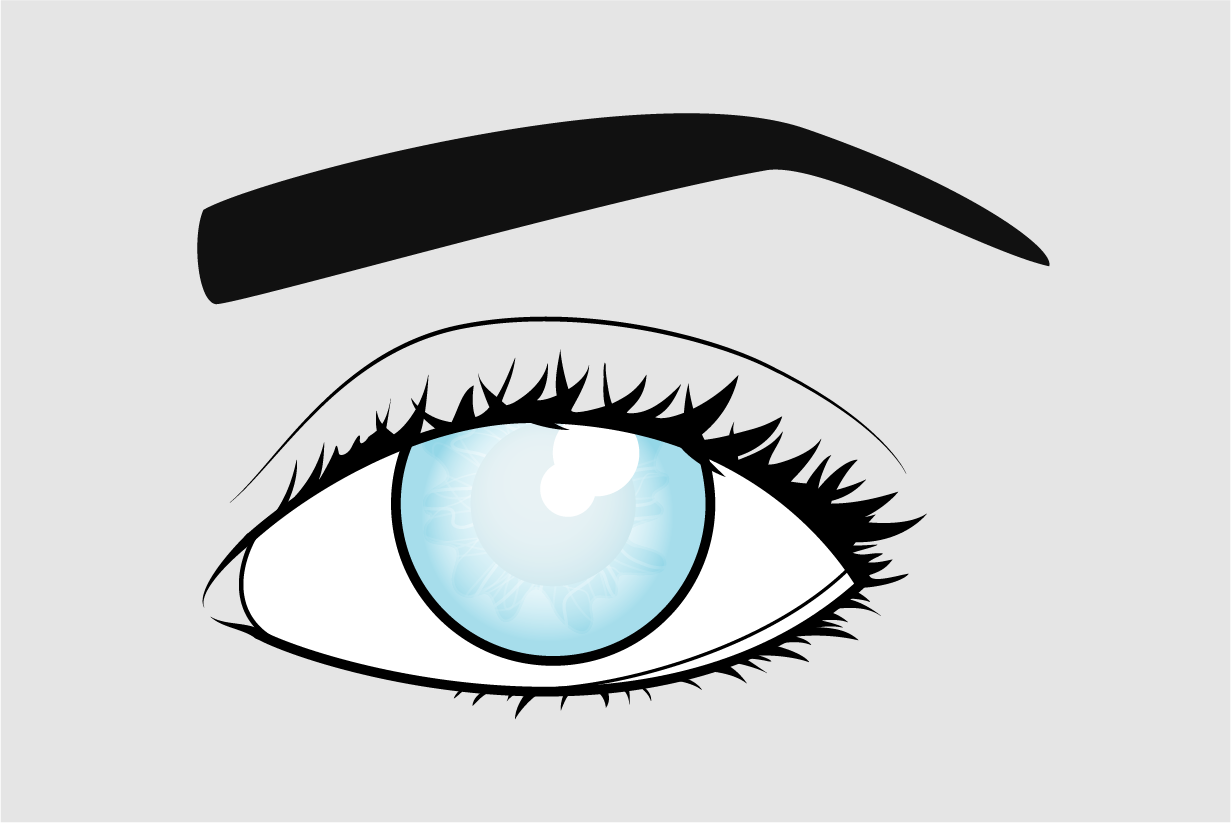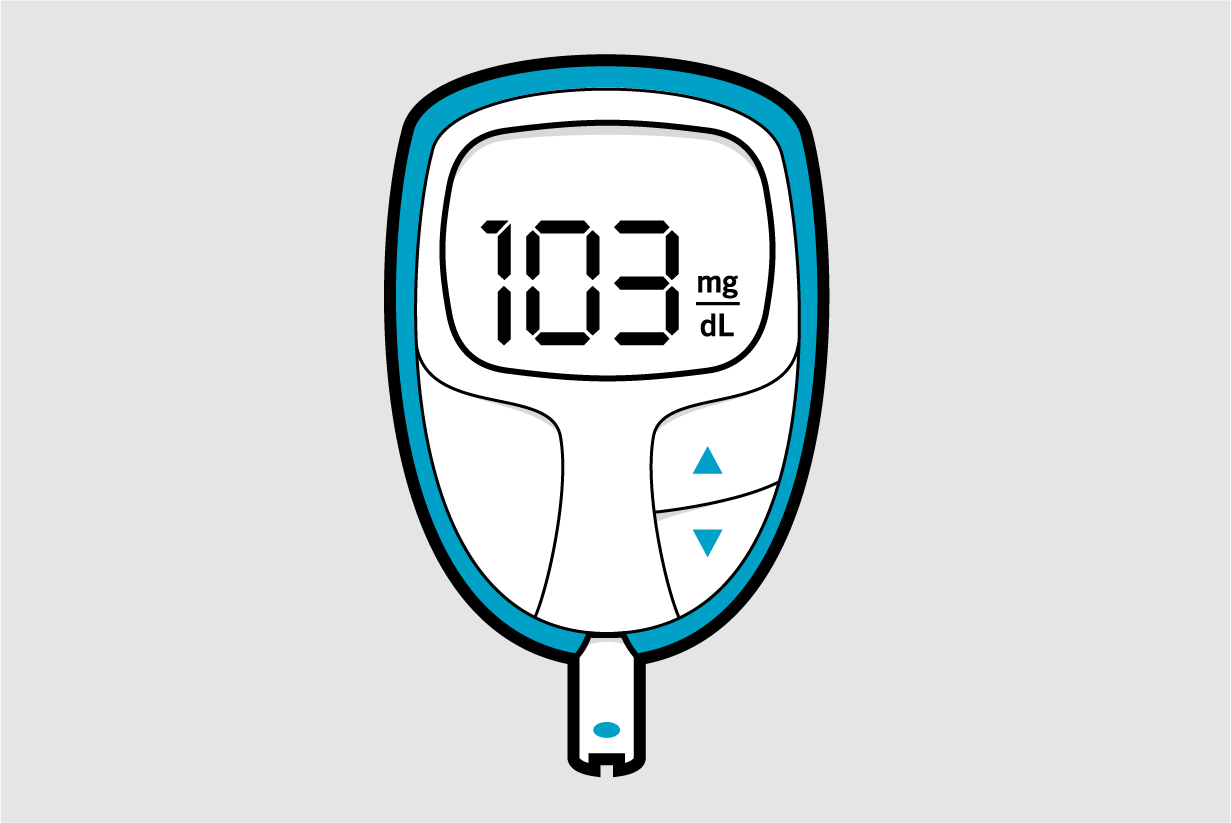Optogenetics is revolutionizing neuroscience. The technique involves genetically altering particular cell types to make them produce light-sensitive proteins; scientists can then activate the cells using light pulses delivered to the brain via fiber-optic cable. This has already given researchers an unparalleled ability to probe the circuitry underlying animal brain functions. But some have moved beyond the brain, working toward human medical applications.
Treating blindness

Optogenetics offers a flexible approach to treating, and possibly curing, blindness. The retina’s photoreceptor cells use light-sensitive proteins, called opsins, to convert light entering the eye into electrical signals. If these cells fail (a common cause of vision loss), researchers can use viruses to deliver opsin-producing genes to targeted cells—either to restore light sensitivity to photoreceptors or to make other cell types in the retina sensitive to light. This process can potentially treat blindness with many different causes and levels of retinal degeneration. It works in the laboratory, and multiple clinical trials of such systems in people are already underway. Setups sometimes use cameras and special goggles to project light wavelengths and intensity optimized for the opsin being used, but scientists are also testing opsins that respond to direct light.
Regulating glucose levels in diabetes

A team led by bioengineer Martin Fussenegger of ETH Zürich is optogenetically manipulating gene expression to regulate blood glucose levels in diabetic mice. In a 2011 study, the team engineered cells to respond to blue light by expressing a protein known to modulate blood glucose. Controlling genes in this way was a dramatic step forward, Fussenegger says: “It was a direct link between light and gene expression.” The group’s experiments showed increased insulin levels and reduced glucose sensitivity in mice that were implanted with the engineered cells and then treated with light. In 2017 Fussenegger and his colleagues described implanting wirelessly powered LEDs along with the engineered cells to create a smartphone-controlled semiautomatic system. They have since continued refining the technique.
Controlling gut microbes

The gut microbiome is immensely complex and includes trillions of individual microbes, most of whose functions are not understood. Baylor College geneticist Meng Wang and her colleagues recently described in eLife how they used optogenetics to literally shine light on the link between gut microbes and health. They altered Escherichia coli bacteria to turn on and off colanic acid production using green and red light, respectively. Wang’s group previously showed that the acid protects cells against stress, promoting longevity—at least in worms. In the new experiments, worms with the altered bacteria lived longer when exposed to green light. But therapeutic applications are a long way off. “The major bottleneck is the delivery of light,” Wang says. “Currently it’s more a research tool for putting the microbiome under precise control” to study its links with health.


